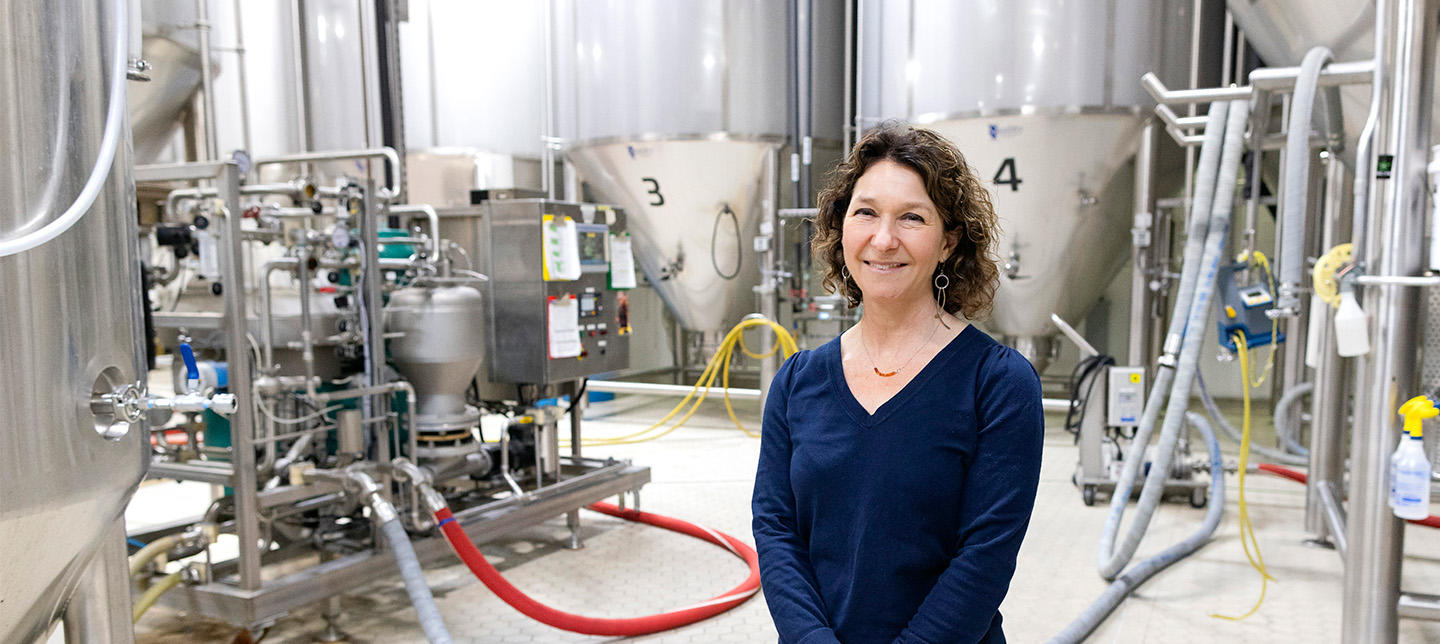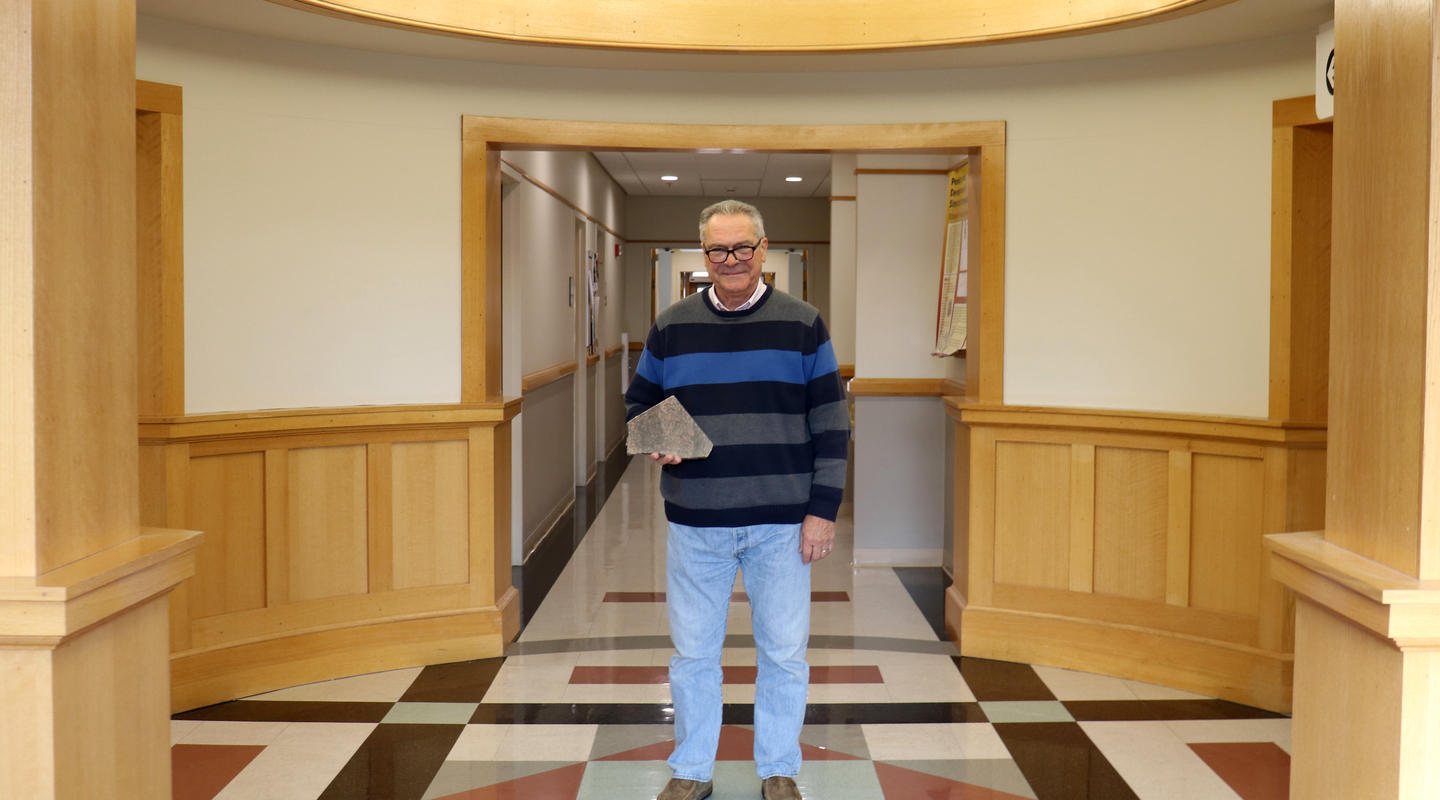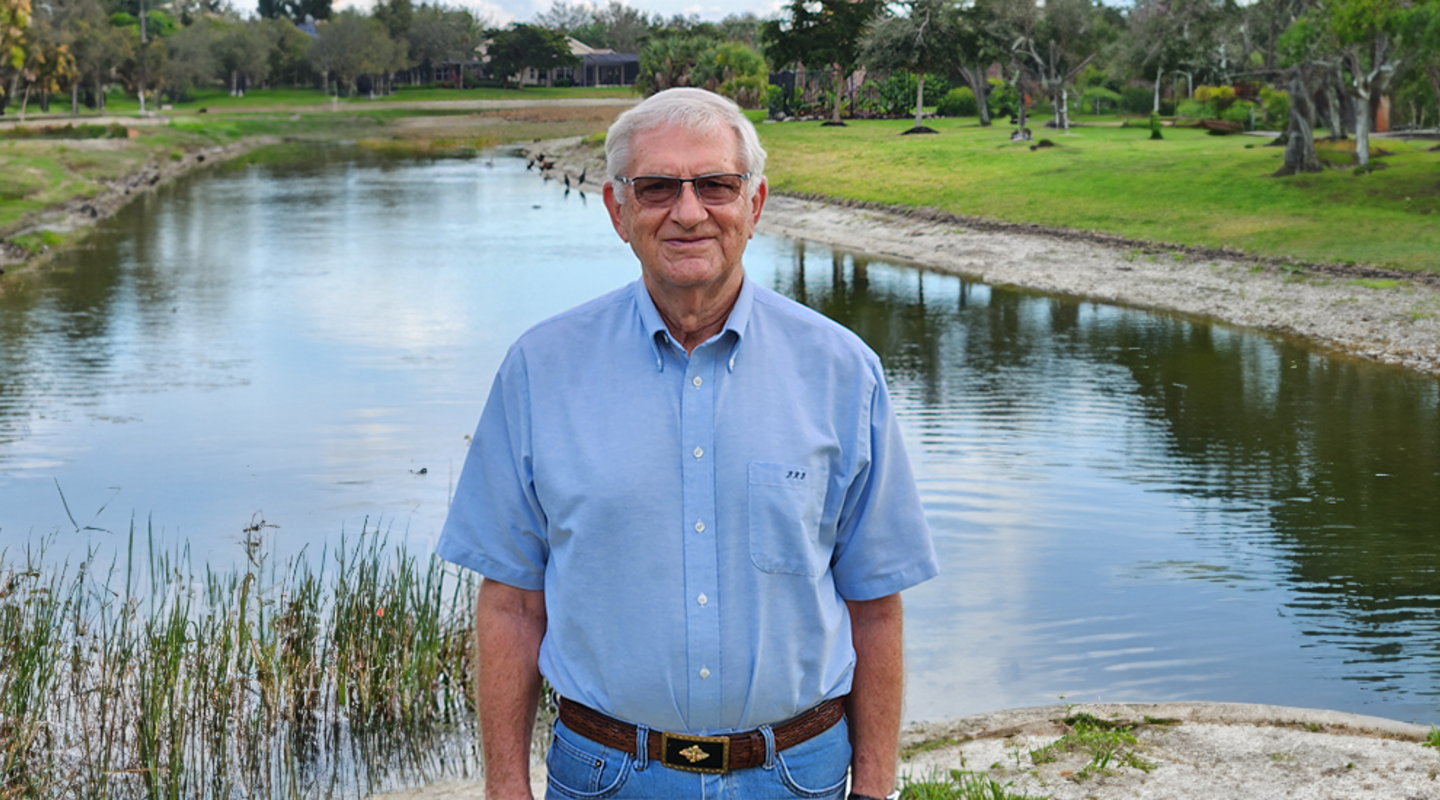
Paige Novak at Fulton Brewing Co. Photo by Erin Benner, Angelicjewel Photography
Every now and then, Paige Novak and her colleagues sit down for a beer and talk shop, specifically about how to turn the wastewater produced by breweries into clean energy.
A little over 10 years ago, Novak, holder of the Joseph T. and Rose S. Ling Chair in Environmental Engineering in the U of M College of Science and Engineering’s Department of Civil, Environmental, and Geo- Engineering; her colleague, Distinguished McKnight University Professor Bill Arnold; and one of their grad students had been working on a number of projects that involved capturing pollutants in wastewater and using bacteria to transform them into energy.
They started thinking about how this could be applied. Which industries produce a lot of wastewater? Where could such technology save money and help businesses become more self-sustaining?
“There’s so much activity with craft brewing,” Novak says. “That’s how we got interested in it.”
Wanted: Larger craft brewery
According to the Brewers Association, which promotes independent craft breweries, brewing one pint of beer generates seven pints of wastewater, on average.
In Minneapolis, for example, larger craft breweries must pay the city to treat it. The city uses electricity to pump oxygen into the wastewater. The oxygen feeds waste-eating bacteria that convert carbon into carbon dioxide. The carbon dioxide then goes into the atmosphere and the water is further cleaned and discharged into the Mississippi River.
The process is expensive, and the electricity it takes to power the treatment process adds to greenhouse gas emissions, which contribute to global warming.
Novak’s team needed to work with a brewery that produced a consistent stream of wastewater—one that had a bottling or canning line, for example. They wanted to understand whether the carbon in the wastewater could be recovered and turned into something useful.
In 2013, a former student connected them with Fulton Brewing Co. in Minneapolis. “They seem environmentally minded and have been really interested in our work,” Novak says of Fulton.
From lab to brewery
So far, the researchers have been testing their idea for removing waste carbon and capturing its byproducts in the lab. Using synthetic wastewater that they created, they started small and slowly scaled up. “We figured out where the sticking points were,” Novak says.
The team used a culture of mixed bacteria to break down wastewater from breweries and other industries into methane and hydrogen that could be used as clean fuel.
In March, the team will deploy 30-liter reactors at Fulton to further test their process. “It isn’t huge, but it’s the next step,” she says.
The project has been supported by a grant from the U.S. Department of Energy (DOE), among other funding sources. The team now also includes Natasha Wright from mechanical engineering, researchers from the University of Illinois and a water technology company that’s exploring potential markets.
“It would be great for any industry that makes and packages food or beverages,” Novak says.
She says securing the federal funding wouldn’t have been possible without a grant from the donor-funded Minnesota Water Research Fund at the U of M.
“We’ve been working on this for 10 years,” Novak says. “It takes a while before you can get a big grant like the one we got from DOE or when you can start working with a water technology company. To string together 10 years of funding, you rely on philanthropic gifts. They provide support for getting a project going.”
Support work like Novak’s by giving to the Minnesota Water Research Fund.


